VENGEANCE FROM THE AFTERLIFE: THE HORROR OF REALITY
There’s a particular silence I find more unsettling than any scream - a silence that crawls under your skin, bearing the weight of words unsaid, wounds unhealed, and truths too raw to articulate. I relied on that silence in BAD BET, my latest work that balances horror and humanity in a crime story inspired by a real-life murder in Belfast.
One scene stands out in particular: a quiet confrontation between a mother, her sons, and the ghost of a young woman whose murder has shattered their community. It’s a moment where silence, pain, and the supernatural converge to expose the beating heart of the film.
VENGEANCE IN DEATH
At this moment in the story, Garret, the young murder victim, hovers as an unrelenting presence, her ghostly form tethered to the living world by grief and fury. Garret isn’t some spectral cliché floating in white gauze. She is raw and grounded. A reminder that death doesn’t strip away humanity. On the contrary, even in death, she is deeply, unflinchingly alive.
Mother Betty, the matriarch, stands at the centre of the living world in this scene. Mother Betty is a character born out of my fascination with the indomitable women who hold communities together. She’s complex, neither entirely hero nor villain, driven by love for her sons, Jinx and Zee, whose choices in Belfast’s loyalist conflict are dragging her family toward implosion.
At this juncture, Jinx is neck-deep in violence, a loyalist foot soldier weighed down by guilt and loyalty to a cause that devours lives. Zee, on the other hand, flirts with leaving it all behind. They are two sides of a coin, products of their environment, yet fighting against or succumbing to its pull.
BELFAST 1994: A CITY OF THE BRINK
The backdrop of 1994 Belfast is a character in itself. This was a year of fragile ceasefires and lingering tension, a city teetering on the edge of peace while the ghosts of its violent past haunted every corner. For BAD BET, this era felt crucial. It wasn’t just about sectarian conflict; it was about the human cost of living in a society where violence was an everyday specter.
I remember walking the streets back then as 12 year old boy wanting to be a man, the air thick with contradictions: hope and fear, camaraderie and suspicion. The murder that inspired BAD BET wasn’t just a crime; it was a ripple in a much larger current, a tragedy set against a backdrop of communal trauma.
THE HORROR OF REALITY
From the outset, I knew I wanted BAD BET to be more than a crime drama. The horror element wasn’t an afterthought, it was integral. Horror allows us to confront tragedy in ways realism alone can’t. Through Garret’s spirit, I could give voice to a victim too often forgotten in these stories. Her presence isn’t just supernatural; it’s emotional. She represents the unresolved grief and anger that haunt those left behind.
Directing this balance was a tightrope act. I urged the actor to strip away the usual tropes of ghostly performances, no theatrical whispers or grand gestures. Instead, she brought Garret’s pain and defiance to life through stillness, through a gaze that seemed to pierce time.
Mother Betty, meanwhile, needed to embody resilience without sentimentality. Channeling power through small movements: a clenched fist, a tightened jaw, because often, it’s what’s not said or done that speaks loudest.
WHY HORROR? WHY NOW?
Horror, at its best, reveals the truths we fear most. By merging horror with the real-life tragedy that inspired BAD BET, I wanted to explore the enduring impact of violence, not just the act itself but the echoes it leaves in families, communities, and histories. The ghost of Garret is more than a haunting; she’s a demand for accountability, a reminder that the dead are not silent.
Directing this scene, I wanted every element: the actors, the silences, the muted light, to reflect the tension of a city caught between past and future, between pain and hope. It’s a moment that asks: How can we move on when we are haunted by our past?
BAD BET is deeply personal, not just because of its roots in Belfast’s history but because it’s a story about resilience, memory, and the power of truth. In this scene, as in the film, horror is the lens through which we confront the unthinkable. And through silence, we hear the loudest cries for justice, for redemption, for peace.
For me, the challenge wasn’t just telling this story but living it, through every haunting silence, every raw performance, and every reminder that behind every headline lies a human life, demanding to be remembered.

